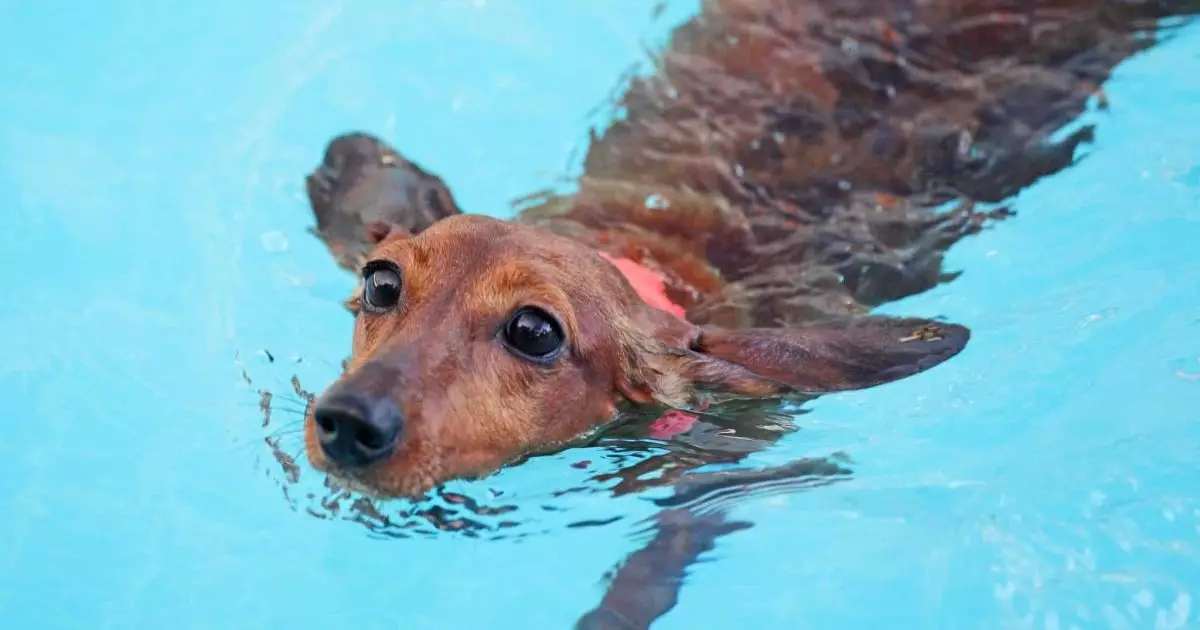Ensuring our furry friends remain physically active is paramount to their overall wellness. However, not every type of play promotes their health equally, particularly regarding spinal integrity. While many dogs relish the thrill of high jumps and sharp turns, these vigorous activities can put undue stress on their delicate spinal structures. Much evidence suggests that high-impact play increases the risk of serious conditions like intervertebral disc disease (IVDD) and spondylosis, particularly in breeds predisposed to these issues. Consequently, it is crucial to engage in spine-smart play that incorporates gentle, low-impact exercises, thereby enhancing muscle tone, promoting healthy posture, and maintaining optimal joint flexibility.
Understanding Your Dog’s Spinal Structure
The canine spine is a marvel of nature, crafted from vertebrae, intervertebral discs, nerves, and a host of supportive muscles. Each leap or rapid twist your dog performs can contribute to spinal stress, especially in breeds notorious for spine issues, including Dachshunds, Boxers, and German Shepherds. Yet, not just those breeds face the risk; even dogs without a genetic predisposition are susceptible to cumulative damage from repetitive high-impact activities. Thus, engaging in spine-smart play is not merely advisable for those already facing health issues but is beneficial for every dog, regardless of age or breed.
Crafting a Spine-Smart Play Routine
To foster a safe environment for our canine companions, it’s imperative to intentionally structure their playtime activities. The objective should be to promote controlled movements that build core strength while avoiding sudden pressure on the spine. Here are several spine-friendly activities that can keep your dog physically and mentally stimulated without compromising their spinal health:
Nature Walks: Taking your dog for walks through grassy parks or dirt trails not only provides physical exercise but also engages various muscle groups. Uneven surfaces encourage balance and posture control while shielding the spine from jarring impacts. For optimal results, ensure your dog chooses the pace and use a leash that allows for freedom of movement.
Scent-Based Games: Activities that involve your dog using their nose can provide enriching mental stimulation and gentle physical activity. Simply hiding treats or favorite toys around the home or yard encourages a controlled exploration that benefits spinal health. It’s wise to evolve the difficulty gradually, ensuring the game remains engaging.
Controlled Tug of War: Playing tug of war can be beneficial when done correctly. Opt for soft, flexible tug toys, and encourage horizontal movements, avoiding vertical lifts that could strain your dog’s neck or spine. Allow your dog to win occasionally to reduce stress during the game, and it’s crucial to stop if signs of tension appear.
Engaging with Agility, Mindfully
If your dog enjoys agility games, consider creating a home course with low, safe obstacles. Encourage careful navigation through stepping over poles, running through tunnels, or weaving between cones. Avoid high jumps, especially for breeds prone to spinal problems; instead, focus on deliberate movements that enhance coordination without the risk of injuries.
Balance Exercises: Incorporating simple exercises such as having your dog balance on a wobble board or a cushion can bolster core strength. Always introduce new activities gradually to prevent injury and offer plenty of positive reinforcement to build confidence and excitement.
The Wonders of Swimming
Swimming stands out among spine-smart exercises, as the buoyancy of the water reduces impact, allowing dogs to enjoy a full range of motion. This activity not only strengthens muscles and enhances flexibility but can also serve as a therapeutic measure for dogs recuperating from spinal injuries. Always ensure safety first, employing a well-fitted life jacket during swimming to protect your dog while boosting their confidence in the water.
Activities to Avoid for Spinal Safety
While some activities can be beneficial, many are risky and should be moderated or completely avoided if you aim to protect your dog’s back. Key activities to be cautious about include high jumps from elevated surfaces, roughhousing with larger breeds, and chasing games that require abrupt stops. It’s equally important to maintain awareness of your dog’s energy levels. If your furry friend exhibits stiffness or hesitance during play, it’s a clear sign to reassess the chosen activities.
The essence of spine-smart play is not about limiting your dog but instead about empowering them to engage in activities that protect their physical health and enhance their quality of life. By integrating these thoughtful, safe play routines into your dog’s daily life, you will foster an environment filled with joy, resilience, and confidence. Every moment spent nurturing their well-being yields rewards far beyond just physical activity, enriching the human-animal bond in immeasurable ways.


Leave a Reply